

Unmanned aerial vehicles (UAVs) have long become popular in the...
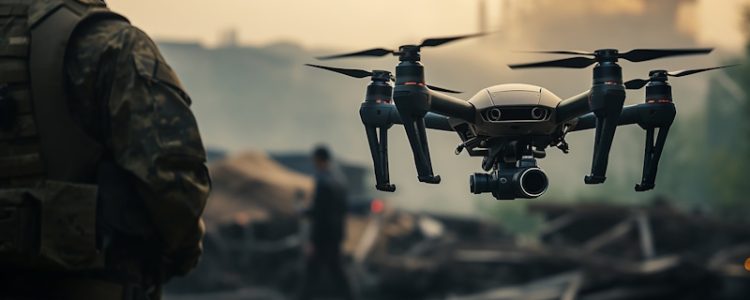
Unmanned aerial vehicles (UAVs) have long become popular in the field of commercial and recreational activity. Unfortunately, unmanned aerial vehicles are also highly effective tools of war. They are used by both professional armies and terrorist groups and rogue terrorist states.
The main tasks of unmanned aerial vehicles are conducting reconnaissance, delivering cargo, and striking targets of transport and energy infrastructure. The small linear dimensions of drones reduce the effectiveness of their detection and counteraction. Therefore, it is extremely important to not only have the means and skills to pilot drones but also the means of counteraction to minimize the damage from the enemy’s UAVs.
Next, we will look at the main types of counteraction and neutralization of UAVs as well as some of the most advanced and innovative anti drone weapons.
Anti drone technologies and countermeasures have become the most important tools on the modern battlefield, and the outcome of conflicts increasingly depends on the advantage of these systems. Recently, both Ukraine and Israel have faced problems on the battlefield due to the effective use of drones by their opponents. Russian unmanned aerial vehicles played a significant role in preventing the Ukrainian counteroffensive. Meanwhile, the attack of Hamas drones was used to start the attack on Israel on October 7. Although the main attention was paid primarily to the effectiveness of drones, the limitations of modern systems of counteracting drones are no less important. Ukraine and Israel have systems to counter drones; however, these systems have limitations that their opponents have taken advantage of.
Most modern armed forces, including Ukraine and Israel, have invested significant resources in drone-fighting technologies. Indeed, modern air defense systems, anti-aircraft missile systems, and large-caliber machine guns are now quite effective against larger drones. A serious problem arises with smaller drones, especially those that fly at low altitudes and are difficult to detect or target. Given that the enemy side has a large number of drones, defense means play an important role in conducting effective combat operations.
Drone countermeasures technology is designed to detect, classify, and combat drones and unmanned aerial vehicles. This can be divided into two main methods: drone detection and interception/neutralization of drones.
Anti drone weapons consist of technologies that help identify the presence of drones. Some detection technologies include:
In the fight against drones and their interception, the main attention is paid to technologies that repel or capture drones. Here are some examples:
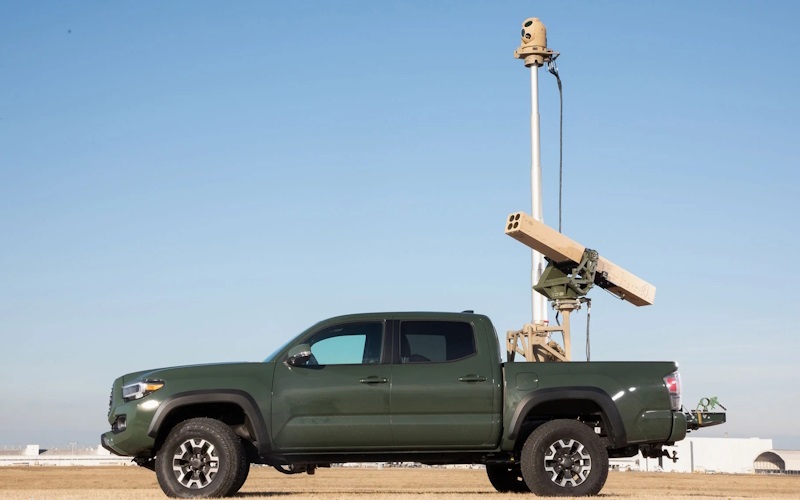
The Vehicle Agnostic Modular Palletized Rocket Equipment (VAMPIRE) anti drone system allows ground forces to target and shoot at enemy drones with 70-mm rockets with laser guidance.
The VAMPIRE kits are portable and can be installed on various vehicles with cargo platforms to facilitate the launch of modern precision weapons systems (APKWS) and ammunition with laser guidance.
The transfer of such complexes to Ukraine became known in August 2022, since then the manufacturer L3Harris has been conducting testing and certification work, and in January 2023 the company announced the receipt of a contract for the production of 14 VAMPIRE complexes for the fight against UAVs, the delivery of 4 of which is planned by mid-2023 and the rest by the end of that year.
The Ukrainian Defense Forces use these anti drone complexes to fight against enemy UAVs and cruise missiles. (source wikipedia)
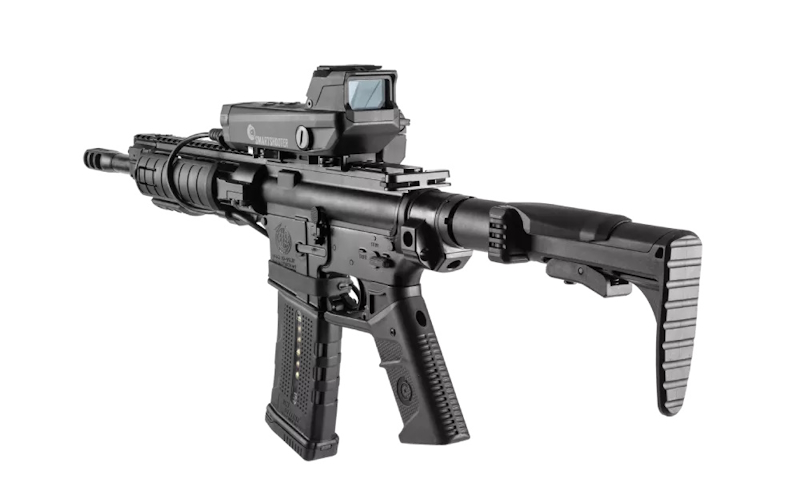
The Smash 2000L system for small arms allows users to accurately aim at small drones using artificial intelligence, auxiliary vision and advanced algorithms.
The optics weigh about 700 grams, which is twice less than the weight of previous generations of this system. The aiming module can be installed on any sample of assault rifle, and the software algorithms for target capture and guidance allow to effectively destroy targets.
The sight battery allows it to work for up to 72 hours – the company says that on one charge the weapon can make about 3600 shots. With static and dynamic ground targets, it can work at a distance of up to 300 meters, on targets in the air at a distance of up to 200 m.

DroneShield is a company from Australia and the USA that specializes in drone-fighting technologies. DroneGun Tactical is used to fight unmanned aerial systems (UAS).
Anti drone gun weighs 7.3 kg and allows to “suppress” the operation of drones at a distance of up to 2 km by creating interference on the frequencies of 433 MHz, 915 MHz, 2.4 GHz and 5.8 GHz, which are usually used to control drones. In addition, there is a possibility to counteract satellite navigation signals.
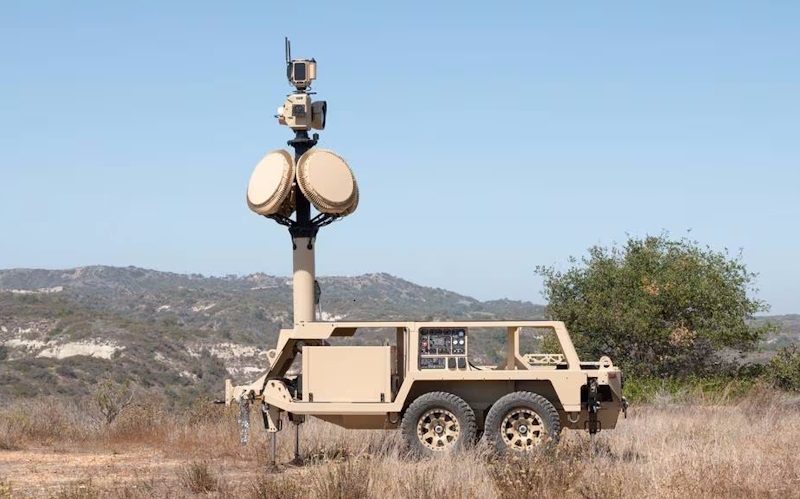
Anduril anti drone systems run on the Lattice operating system, include the Sentry tower and a small unmanned aerial system Anvil. In addition, the company uses high-quality sensors and actuators from third-party manufacturers to create a comprehensive defense strategy against threats posed by drones.
The Lattice system autonomously detects, classifies and tracks targets on the battlefield, alerting the operator of potential threats and offering solutions to eliminate them. The guard tower consists of radars and optical sensors, embedded in computational cores, capable of processing data using machine learning algorithms to detect, identify and track threats.
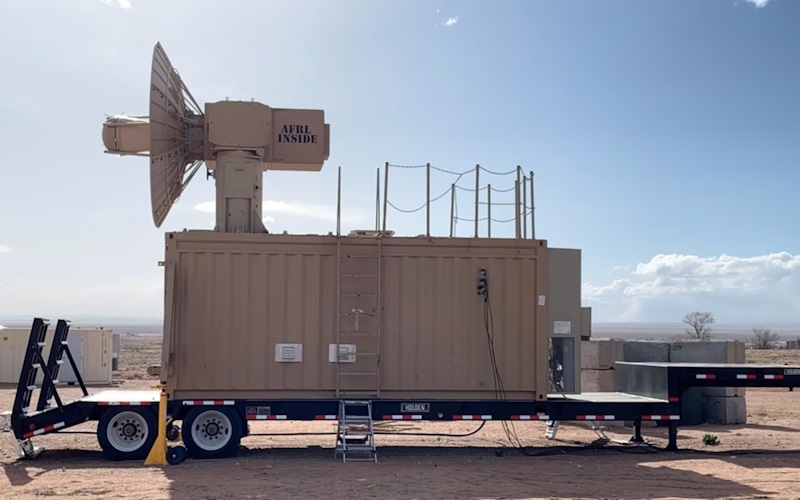
In 2021, the Air Force Research Laboratory announced that it was working on the successor of the THOR system (the previous generation complex) called “Mjolnir”, named after the famous hammer of Thor in Norse mythology. The updated complex will include the same technology as THOR, but with improved capabilities, reliability and production speed.
During testing, Mjolnir demonstrated 90% efficiency, but the manufacturer expects that further adjustments will increase the efficiency to 100%. The weapon detects drones in advance, allowing them to analyze their threat. Then it uses bursts of microwave energy to disable drones that operate in swarms.
Mjolnir is an anti drone weapon conveniently stored in a single cargo container, which allows it to easily deploy on the ground or transport by cargo planes. Its installation takes only three hours with two people, and working with it requires minimal preparation. In addition, it can receive power from a regular outlet to destroy enemy UAVs.
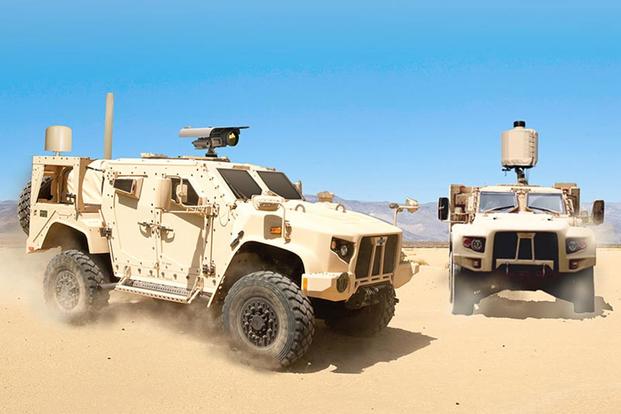
The Silent Archer UAV countermeasures technology from SRC consists of TRL 8/9 radars and electronic warfare (EW) systems, a camera and a three-dimensional display for striking single or group of enemy drones. Together, these systems provide spatial, frequency and optical observation capabilities for detecting, tracking, classifying and identifying aerial threats. Once the UAV threat is identified, various inexpensive electronic methods, such as interference in the communication between the operator and the drone, are used to disable it.
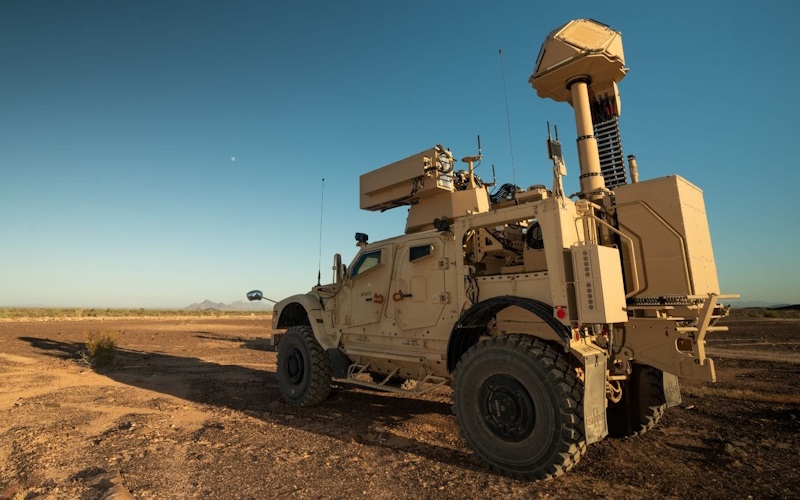
The KuRFS anti drone gun consists of two types of radars: the precision guidance radar and the scalable mobile detection radar Ku720. These radars can detect, identify and track aerial threats within a radius of up to 60 kilometers.
The KurRFS and Coyote missiles from Raytheon are part of a comprehensive system called LIDS, which is used to counter low, slow and small drones. The KuRFS system offers 360-degree threat detection capabilities, while the Coyote missiles are cost-effective and can shoot down drones.
Raytheon claims that their Coyote missiles are designed to intercept and disable enemy drones. They can strike single drones and groups of drones of different size and maneuverability even at high altitudes and longer distances than similar systems.
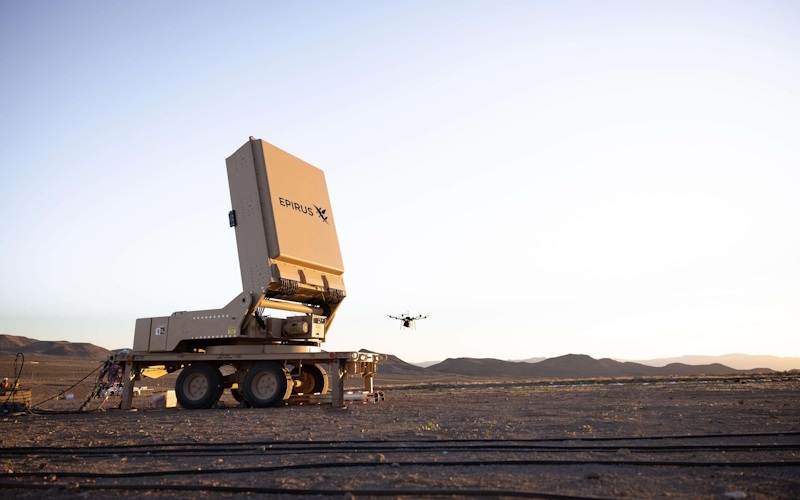
Leonidas is an advanced anti drone weapon that uses powerful microwave technology to disable or neutralize individual drones in a limited space or in the presence of multiple threats over a large area. Epirus company developed an innovative method of directing microwave energy, which provides an exceptional anti-electronic effect, reduces the size and weight of the system, and gives operators more control and security.
The system can be installed on a suspension to increase maneuverability and deployed on military bases or near mobile units for quick response. It can accurately target a single drone, create a microwave barrier to stop a swarm and protect certain areas from aerial threats.
It can also adjust its parameters to allow friendly drones to operate while destroying enemy drones nearby. It is easy to scale and adapt and includes safety features that prevent harm to people in certain safe zones.
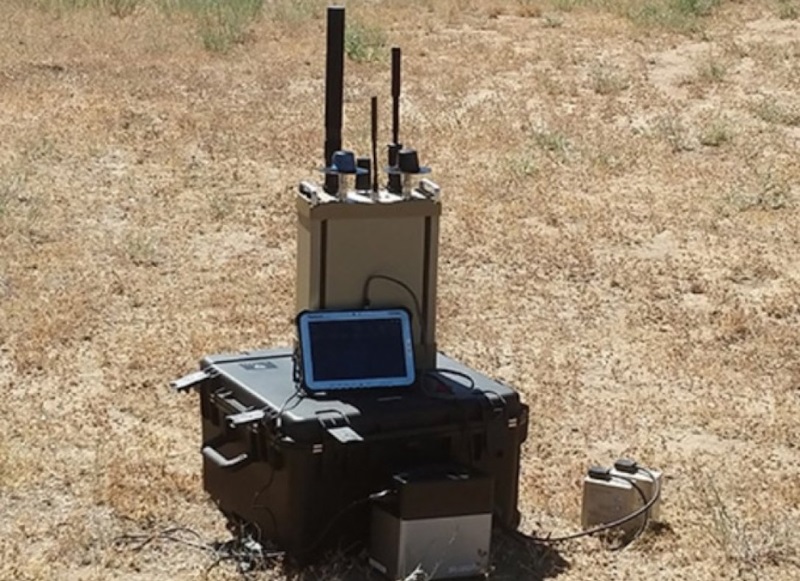
The Titan systems are designed for pre-deployment actions, mobile security, protection of stationary objects and conducting foot operations. The C-UAS system allows operators to reconnoiter their territory and set up its defense in less than 5 minutes.
Titan C-UAS is based on artificial intelligence and machine learning technologies and uses radio frequency (RF) technology. The Titan C-UAS complex consists of an antenna block and a control panel, is compact (weighs about 9 kg), designed for stationary, mobile and foot operation. Able to work at temperatures up to -20°C.
To counter enemy UAVs, the Pentagon approved a contract for the supply of 12 anti-drone systems Titan C-UAS produced by BlueHalo within the framework of military assistance to Ukraine.
Drones are here to stay, and we will have to face them. They are a constantly growing multifaceted threat to civilian and military infrastructure, property and people and are increasingly used for despicable terrorist activities.
From a military point of view, we are now entering the “second era of drones”, when countries are increasingly using drones for covert operations and tactical use. In a broader sense, anti drone systems work in tandem with intelligence, surveillance and target acquisition (RISTA) systems, as well as electronic warfare systems to combat the threat posed by individual drones and their groups.
The emergence of Internet of Things (IoT) and 5G technologies opens up new possibilities for drone exploitation. GPS systems of the 4th generation are becoming more protected from interference. Long Term Evolution (LTE) – a high-performance interface for mobile communication systems that allows to increase the bandwidth and speed of networks – allows drones to operate at theoretically unlimited distances without radio frequency links.
As the drone flies at a speed of 20 meters per second and covers one kilometer in less than a minute, the operator has only a few seconds to react from the moment of detection and determination of the drone’s intention. In such a dynamic situation, modern countermeasures systems need to be developed and constantly updated.
The good news is that anti drone weapons are becoming smarter, more sophisticated and use innovative approaches, such as machine learning, sensor synthesis, cognitive and holographic radars and augmented reality. However, experts agree that there is no single “silver bullet” that could cope with the threat associated with drones.